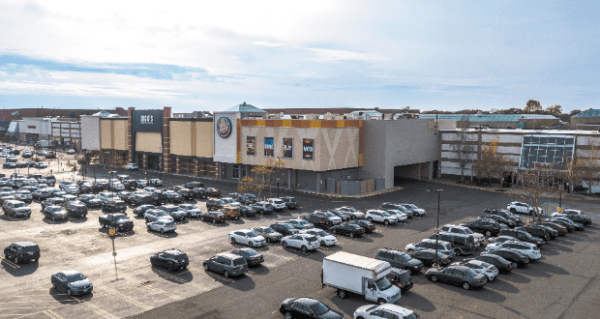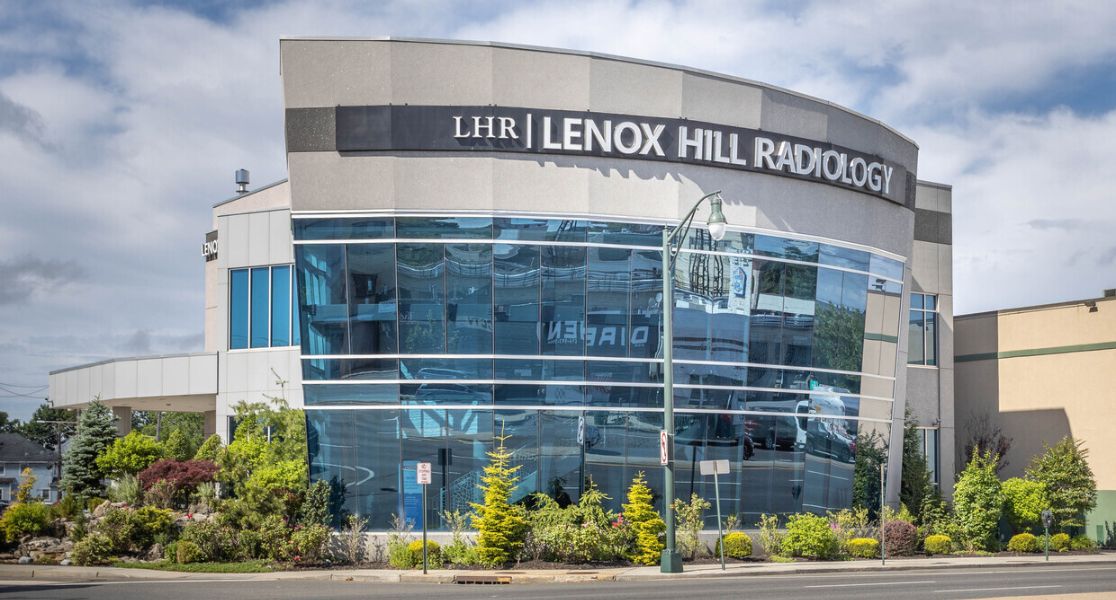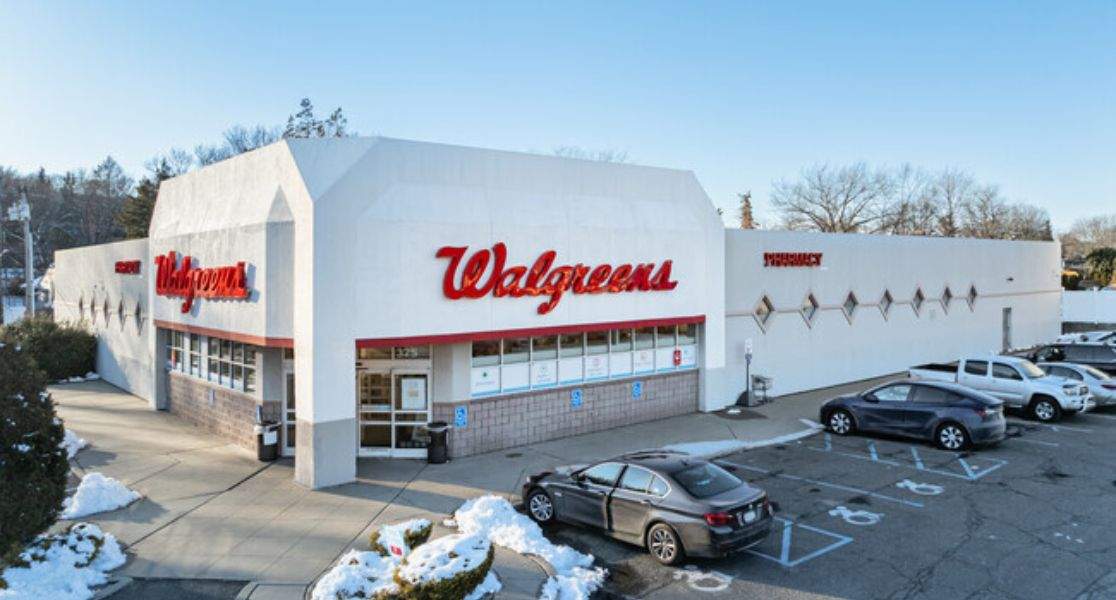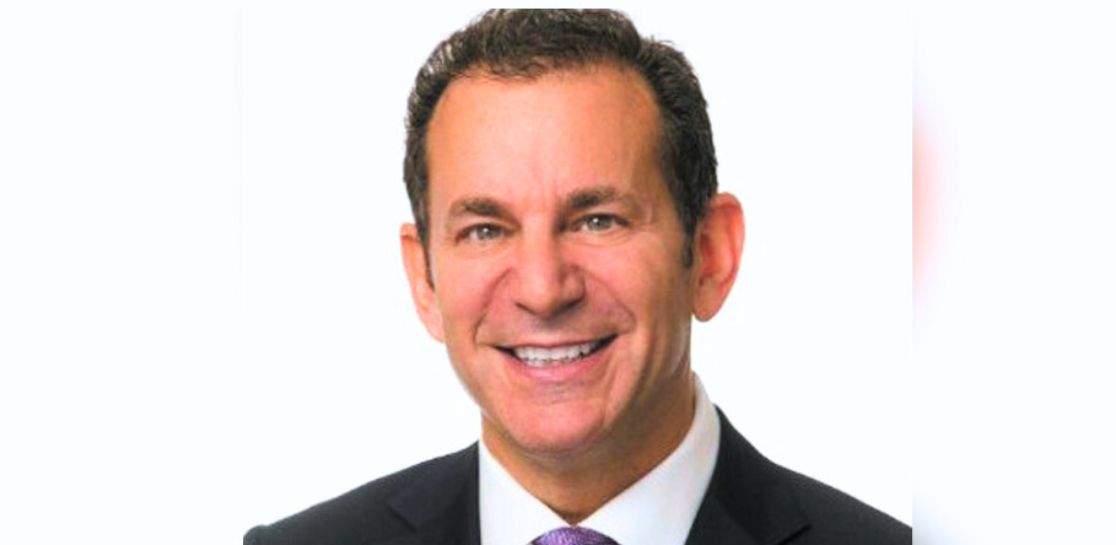
SUNRISE MALL: The 1.2 million-square-foot mall on 77 acres sold last month for $29.7 million, that’s $113 million less than it sold for 15 years ago.
By David Winzelberg of Long Island Business News – January 25th, 2021
Long the darling of commercial real estate on Long Island, the retail sector finds itself at a crossroads.
Traditionally the most expensive on a per-square-foot basis, values of some retail properties are dropping precipitously, damaged by shuttered businesses sickened by the nearly year-long pandemic that’s put a big hurt on the economy.
True to the theory of the bigger they are the harder they fall, malls and other shopping centers that are home to struggling big-box retailers have much larger holes to fill, as bankruptcies and department store closings choke rent revenue and boost vacancy rates.
Nationally, a record 12,200 stores were announced for closure last year, accounting for 159 million square feet of gross leasable space, according to CoStar. Flagging big-box chains like JCPenney, Macy’s, Bed Bath & Beyond and others gave up a good portion of that space.
A good example of the challenges faced by the retail sector can be found in the recent sale of the Sunrise Mall in Massapequa. Purchased by Westfield for $143 million in 2005, the 1.2 million-square-foot retail complex on 77 acres was more than a third vacant when it sold for just $29.7 million last month.
Last week, LIBN/NOW hosted a discussion on retail real estate with retail landlord Larry Weinberger, principal of Bellmore-based MGD Investments, and Ron Koenigsberg, owner/broker of American Investment Properties, headquartered in Garden City, to talk about state of retail real estate and its current challenges.

Ron Koenigsberg
“Sales activity has slowed,” Koenigsberg said. “We expect values, like in the sale of that particular mall, to decrease and we do expect cap rates to rise and we do expect softening in the value of commercial real estate, in large part because of the coronavirus.”
Of course, that creates opportunity for investors like Weinberger and a chance for a value-add situation.
“We see opportunities, but it’s a tricky market and a treacherous market right now, so you have to be very careful and you really need to double down on what you have to do to make your buildings more attractive and reinvest,” Weinberger said. “I go against the tide sometimes and do things that people might not do at this moment. I’m reinvesting and I’m making my buildings more attractive and giving my tenants a better chance to succeed, because you need to keep the team together that you have.”
While many retail landlords deferred rent payments for struggling tenants, that creates a bigger burden down the road when the deferred rent eventually becomes due. Instead, Weinberger employed a different strategy, discounting rents for those businesses in need.

Larry Weinberger
“We had to step back and take a look at each tenant on an individual basis and assist them if they needed assistance,” Weinberger said. “But we had to address each one individually and see who was going to need assistance and how much of it. And I decided very early on that we were going to make a commitment to stay with our tenants and try not to lose too many of them.”
Besides adjusting rents, retail property owners with large vacancies have been exploring redeveloping some of the space for other uses. Koenigsberg pointed to the former Century 21 department store in Westbury that its owner, Sanders Equities, is currently turning into an industrial property.
“What’s happened to that space is they’ve downgraded,” Koenigsberg said. “They’re not retail anymore. They’re becoming light industrial, so you know we are definitely seeing changes. Also, I think that we’re seeing necessity-based retail versus discretionary-based retail. Meaning, the pharmacies, the groceries, the delivery services and all the e-commerce is doing great. The ones that aren’t doing great are the department stores, hair and nail salons are suffering right now, as are the theaters and obviously the restaurants.”
Both Koenigsberg and Weinberger believe Long Island will see more retail spaces being repurposed for other uses in the near future.
They cited the former 26.4-acre Sears department store site in Hicksville that its owner has proposed to turn into a mixed-use development with 425 rental apartments, retail and office space.
And there’s more. Last year, Brookfield Properties proposed a redevelopment of about 16 acres of the 28-acre site in Manhasset where Macy’s has a store. The project would bring 355 rental apartments, 72,000 square feet of office space, 73,400 square feet of additional retail space and a 200-room hotel.
Brokers at CBRE are currently marketing office space to be redeveloped from four former Lord & Taylor stores on Long Island.
And while many retail tenants have struggled, the pandemic has been a boon to quick-service restaurants, as customers shun indoor dining and opt for easy pick-up.
“We’ve had some small merchants that just went heavy to take out and pick up curbside,” Weinberger said. “You don’t get Starbucks going to an inline space, as you did, unless it’s an amazing location. Instead, they’ll wait for the drive-thru location. Panera is developing a new drive-thru business now.”
Koenigsberg said investors may see bargains in lower-tier retail properties, since tenants are gravitating to better locations.
“It is a flight to quality and I understand that investment dollars are flowing to those retailers that didn’t close. A triple-net McDonald’s is taking on a whole new value.”
Though the competition from e-commerce is only growing stronger, both Weinberger and Koenigsberg believe there is still light at the end of the tunnel for retail real estate here, especially once the pandemic is in the rear-view mirror.
“Investment dollars are chasing safe investments, those stores that remained open and those shopping centers that are vibrant,” Koenigsberg said. “It really feeds back to necessity based versus discretionary. Grocery-anchored shopping centers are becoming more valuable.”
Weinberger remains optimistic and is always looking for opportunities.
“I’m still a buyer, but very specific properties that I could have bought years ago are now just impacted by too many things,” he said. “If I can project who’s next for that property, I can feel confident in considering buying it, but we have to be very selective now, I have to buy premium stuff.”





